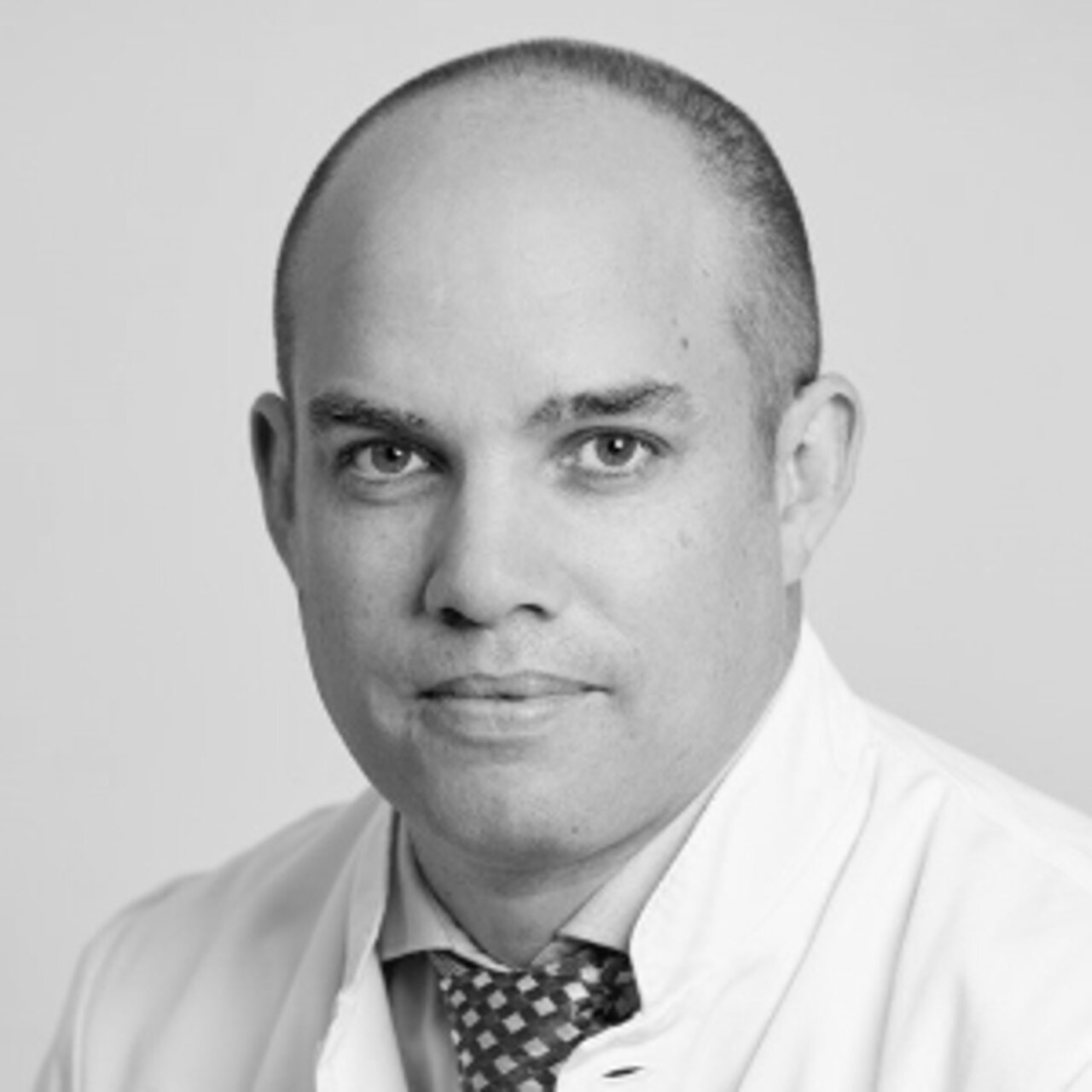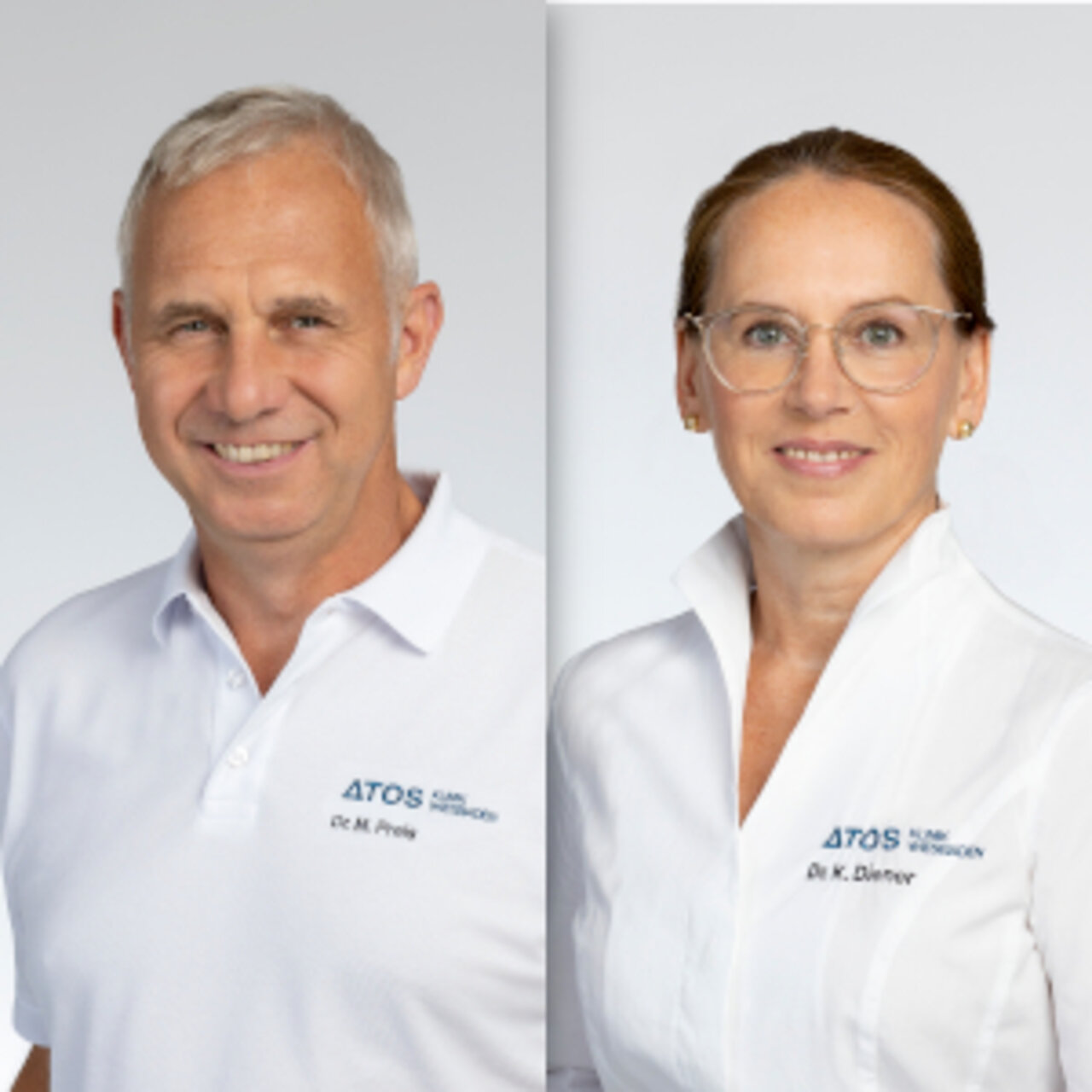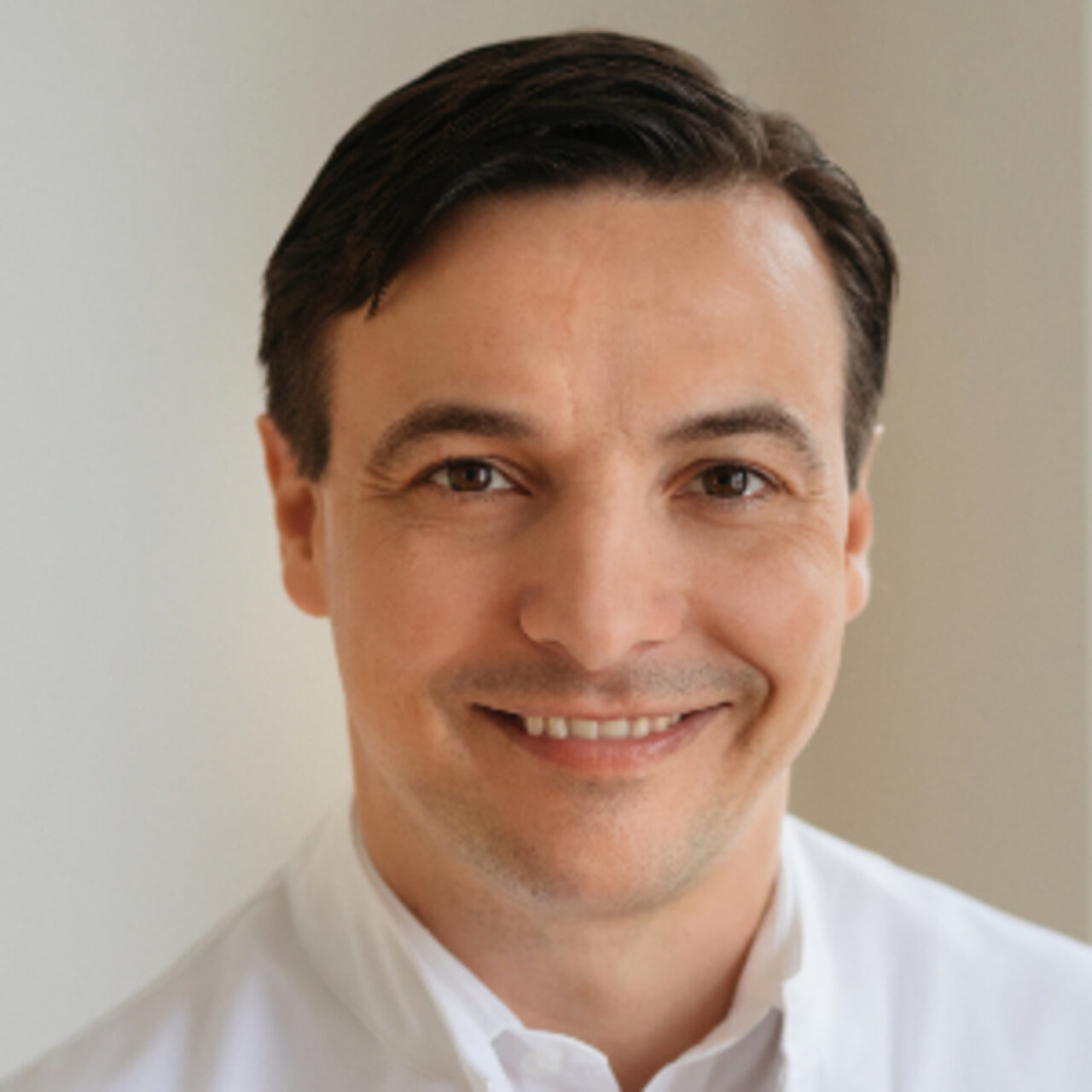Specialists in Cartilage surgery
19 Specialists found
Information About the Field of Cartilage surgery
What is Cartilage Surgery?
Cartilage surgery is the surgical treatment of defects of the cartilage in the joints. Cartilage damage does not, as a rule, heal of its own accord.
Cartilage damage is categorised as:
- Grade 1 (lesser, probably reversible damage to the cartilage cell structure)
- Grade 2 (normally no damage to the surface of the cartilage)
- Grade 3 (damage to the macrostructure due to the cartilage breaking up, which can be seen with the naked eye)
- Grade 4 (serious damage of the joints with complete destruction of the cartilage layer, bone is consequently partially visible)
Which diseases require a cartilage operation?
For Grade 3 and 4 damage, an operation is usually necessary, as cartilage damage of this kind does not heal on its own.
On the other hand, in cases of Grade 1 and 2 damage, surgical treatment is not indicated, as it is highly probable that this type of damage can be reversed. These grades of damage are therefore usually treated conservatively.
Which joints are most frequently affected?
Knee, elbow, shoulder and upper ankle joints are most often affected. This is due to the causes of cartilage damage, e.g. overweight, misalignment of the joint, and sports that demand constant acceleration and stopping, like tennis and football, which subject the cartilage layers in these joints to extreme strain that can lead to damage.
Which surgical procedures are available in cartilage surgery?
There are three different procedures in cartilage surgery:
- Microfracturing: a procedure in which small chisels or drills are drilled into the bone lamella to which the cartilage is attached, so that blood and stem cells enter the damaged area. As a consequence, replacement cartilage is formed made of fibrocartilage, which differs structurally from the damaged (hyaline) joint cartilage, particularly through its low durability.
- Cartilage Transfer (also known as OATS: Osteo Articular Transfer System): a procedure in which cells produced naturally in the body are taken from less stressed areas and inserted into the affected area. This procedure is suitable for damage up to 3-4cm^2 in size – it is, however, not appropriate for more serious damage.
- Cartilage transplant: a procedure in which cells are taken from the affected joint, and are then reproduced in a specialised laboratory. This newly created cartilage is then implanted into the affected area on biological fleece using fibrin glue.
Which doctors and clinics specialise in cartilage surgery?
Doctors from the areas of orthopaedics and arthroscopic surgery, knee and foot surgery, sports medicine and trauma surgery are particularly suited to carry out treatment. They are often established in orthopaedic clinics and practices.
Those seeking a doctor would like to have the best medical care. Patients often ask what the best hospital for their needs is. Because this question cannot be answered objectively and a serious doctor would never claim that he or she is the best, one can only rely on the experience of the doctor.
We can help you find an expert to help treat your condition. All doctors and clinics have been checked with respect to their outstanding specialization in the field of Cartilage surgery and are looking forward to helping you.
Sources:
https://www.bbraun.de/de/patienten/orthopaedische-eingriffe/knie/knorpelzelltransplantation.html


















